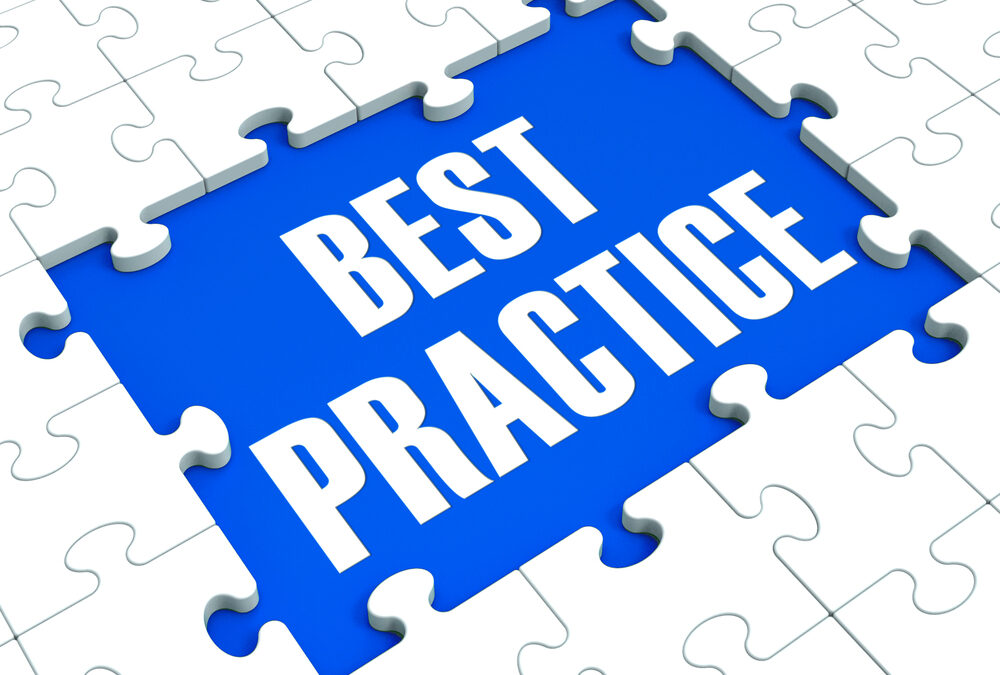The Future Is Now
Many companies are making the decision to step forward and implement various forms of Digital Process Automation, namely some version of Robotics Process Automation (RPA). There is a spectrum of Automation (Exhibit 1), from simple tasks that “bots” can easily handle to Artificial Intelligence. RPA is the next generation of process automation, moving from scripts and macros, to automating repetitive activities. Companies are choosing where to jump in and how to stand up to the new business capability.

Exhibit 1























